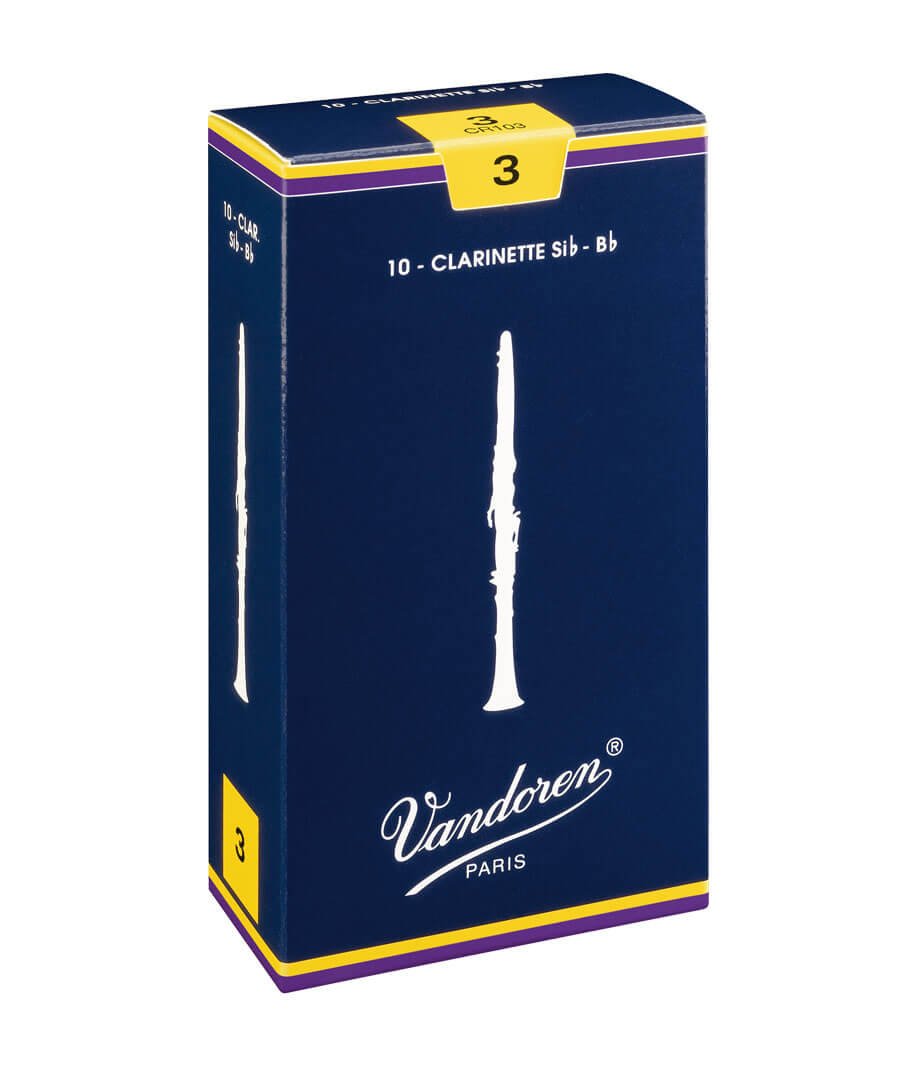How to Care For Cane and Synthetic Reeds
Providing proper care to your reeds is integral for good tone and for them to be longer lasting. Below are some tips to look after cane reeds from all brands, and tips to look after synthetic reeds from Légère.
Cane Reeds
Pre-playing
Remove your reed from it’s case, being very careful to avoid touching the tip of the reed. Cane reeds require pre-moistening to attain the full flexibility of the reed (and it also really helps with squeaks, so don’t miss this step if you’re starting out!). Brand new reeds require playing-in, as they change with tone and response after a few minutes of playing. My tip would be to open a few reeds, play them for a few mins each day and wipe them down first before packing away, again being careful not to damage the tip. This really helps with achieving a crisp response and warm sound!
Playing
After your reeds have been played-in, you should still be aware that reed placement on the mouthpiece can have a large effect on tone and response. Try lining up the reed with the top of the mouthpiece, and make sure it is straight! You can always look at the bottom of the reed (the heel) to determine if it is skew. Play around by moving the reed up or down a millimetre (that will make a big difference) and see how it changes, This is handy if you feel your reed is too hard or too soft (to an extent). It’s very easy to break your reeds even when they’re on the mouthpiece so be careful that nothing brushes past your mouthpiece whilst it is setup.
Storage and Cleaning
When finished playing, wipe down your reed and pack it away either back in its original case or another reed case. It is best to store your reeds on a flat surface, to prevent warping of the reeds. The most important thing to remember is to always take your reed off your mouthpiece when you’re finished. NEVER leave your reed on the mouthpiece, it will cause bacteria to grow and also cause the reed to warp, greatly reducing it’s lifespan.
Modifying the Reed
Many clarinet and saxophone players find that in every box of reeds they purchase, only about 3-4 reeds are the right strength fresh out of the box, even though they are all advertised as the same strength. This is due to the fact that cane reeds are made of cane, a 100% natural material, which means no two reeds can ever be identical! Therefore, it can be very economical to modify reeds to suit. Reeds that are too soft can be clipped, and reeds that are too hard can be shaved down. This requires a bit of time and patience but can be very rewarding. Tools like the ReedGeek to shave reeds, or other similar reed trimming tools are all available to make this easier.
Legere Synthetic Reeds
Pre-playing
To unpack the reed, remove it from the case or box carefully avoiding contact with the tip. While Légère reeds are durable, they can easily be damaged if mishandled or dropped. It is best to always handle your reed by the heel.
Playing
There is no need to moisten a Légère reed, it will play like a pre-moistened cane reed directly from the box.
Place the reed on the mouthpiece in the same position that you would put a cane reed and secure it with a ligature. Test the reed’s response either on the instrument or alone. You should feel a quick attack that speaks instantly. If you do not feel a fast attack the reed position or strength is incorrect. Move the reed back and forth trying a variety of positions and continue testing. If you cannot find a position that works well and it feels like the strength is incorrect please make use of Légère’s Exchange of Strength program.
Once the attack feels correct play the reed for a couple minutes to warm it up. At this point, the reed is in playing condition. Depending on your playing style, the reed will need to be rotated after roughly 60 minutes. This is to extend the life of the reed, not improve your short-term tone. With proper rotation and care your reeds should last many months.
Storage and Cleaning
When you are finished playing on your reed, loosen the ligature and remove it from the mouthpiece. The reed can be cleaned periodically with water and a mild detergent. Légère single reeds should be stored in their original case from the package, or on a flat surfaced reed case.
Due to the fact that polypropylene is non-porous, it is very difficult for bacteria to build on your reed.
Modifying the Reed
Altering Légère reeds is not recommended. Bending stiffness is a function of elastic modulus and removing material will drastically reduce the strength of the reed. If you are interested in experimentation purchase reeds that are 0.5 to 1.0 step stronger than your appropriate strength.
If desired, the reeds can be scraped with fine sandpaper or a sharp blade, held perpendicular to the reed. They should be scraped from the top of the vamp towards the tip. Never sand or scrape against the grain of the reed.
Reeds that have been altered are not eligible for an exchange or refund. Clipping the reed with a conventional reed clipper is likely to cause longitudinal splits through the tip.








